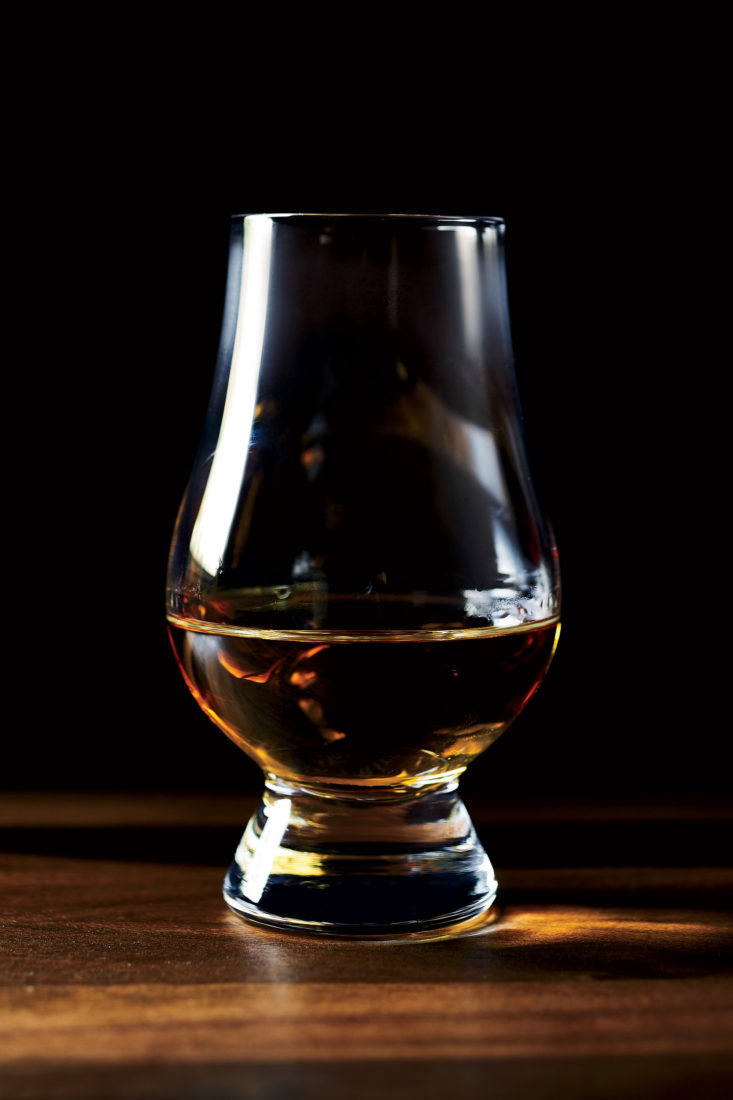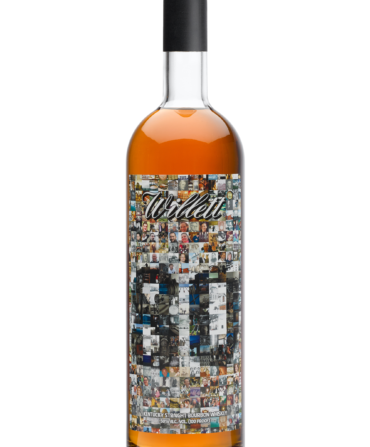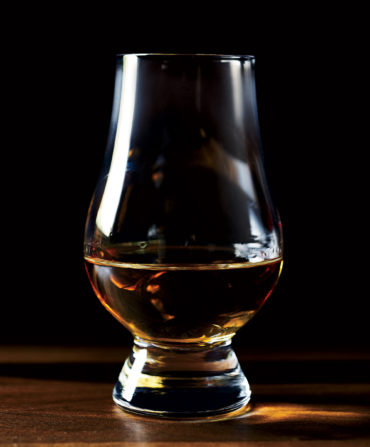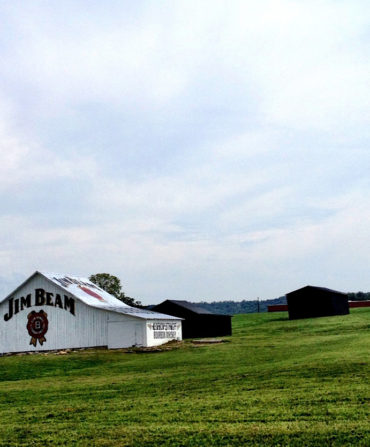The beginning of October marks the end of National Bourbon Heritage Month. (If you missed out, don’t worry—you can catch up with our guides to great bottles, top Southern bourbon bars and everything you need to know about bourbon.) Now that your bar is well stocked with the South’s most famous style of booze, maybe it’s time to expand your horizons. Whiskey is made all over the world, and all of it is at least a distant cousin of bourbon. Here are six selections from across the globe, each of which will appeal to bourbon-lovers.
(A quick note on spelling: “Whiskey” and “whisky” mean the exact same thing—a spirit distilled from grain. Producers from the U.S. and Ireland tend to use the e, while those from Scotland, Canada, and Japan tend not to, but this is far from universal.)
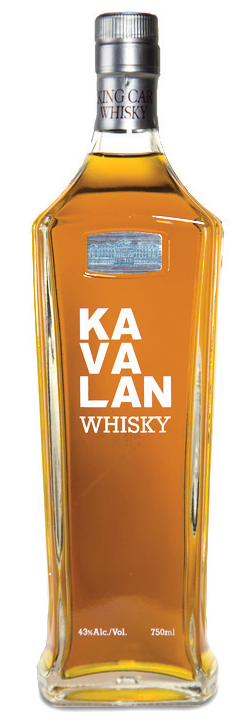
Taiwan: Kavalan Classic Single Malt Whisky ($90)
Want to age whiskey quicker? Put it somewhere hot. Based in subtropical Taiwan, where summer temperatures top a hundred degrees regularly, Kavalan is proof of this. The brand has only been distilling since 2005, but its spirits garner the same kind of praise as decades-old competitors. Kavalan Classic is distilled from barley but aged almost entirely in ex-bourbon barrels, so it picks up plenty of bourbon’s warm vanilla and caramel notes.
Ireland: Kilbeggan Single Grain Irish Whiskey ($30)
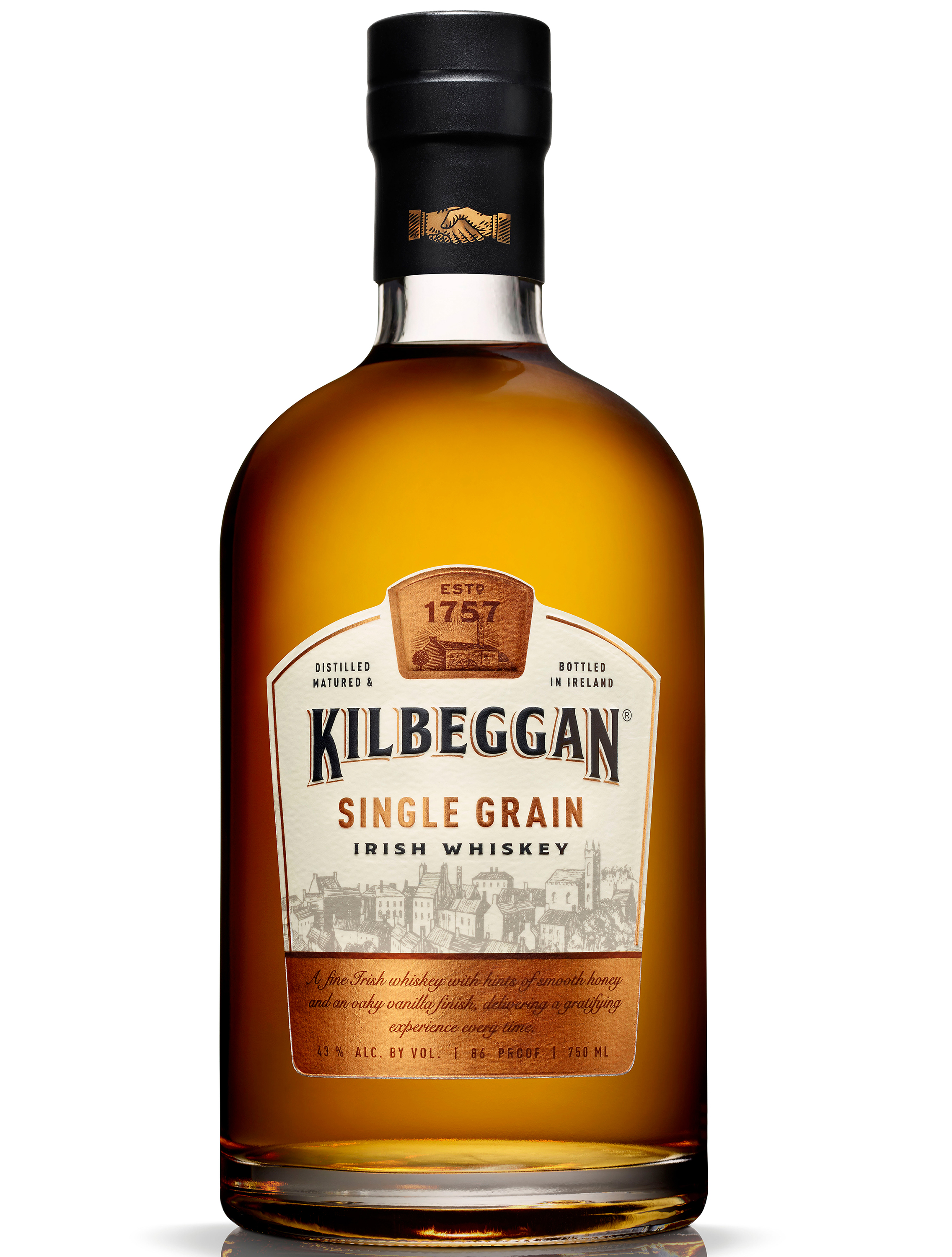
Beam Suntory
While single malt whiskey must be made from 100 percent barley, single grain whiskey can be made from any type of grain, or even a combination of grains. (“Single” refers to it being made in a single season at a single distillery.) This newly released Irish whiskey’s mashbill is ninety-four percent corn and six percent barley, which is fairly similar to bourbon, and it ages in used bourbon barrels along with fortified wine casks, which add a bit of cooked-fruit sweetness and acidity to a butterscotch backbone.
Japan: Nikka Coffey Grain Whisky ($70)

There’s no coffee of any kind in this spirit from Japan; it’s made in an old-fashioned type of still named for its 19th-century inventor, Aeneas Coffey. Coffey stills put out whisky that’s quite smooth but still retains some grainy flavor, which works beautifully with Nikka Coffey Grain’s corn-heavy mashbill. Japanese whisky is exploding in popularity right now, which means its prices are too, and this mellow sipper might be the best value in the category. (Plus, it’s not that hard to track down.)
India: Paul John Brilliance Single Malt Whisky ($60)
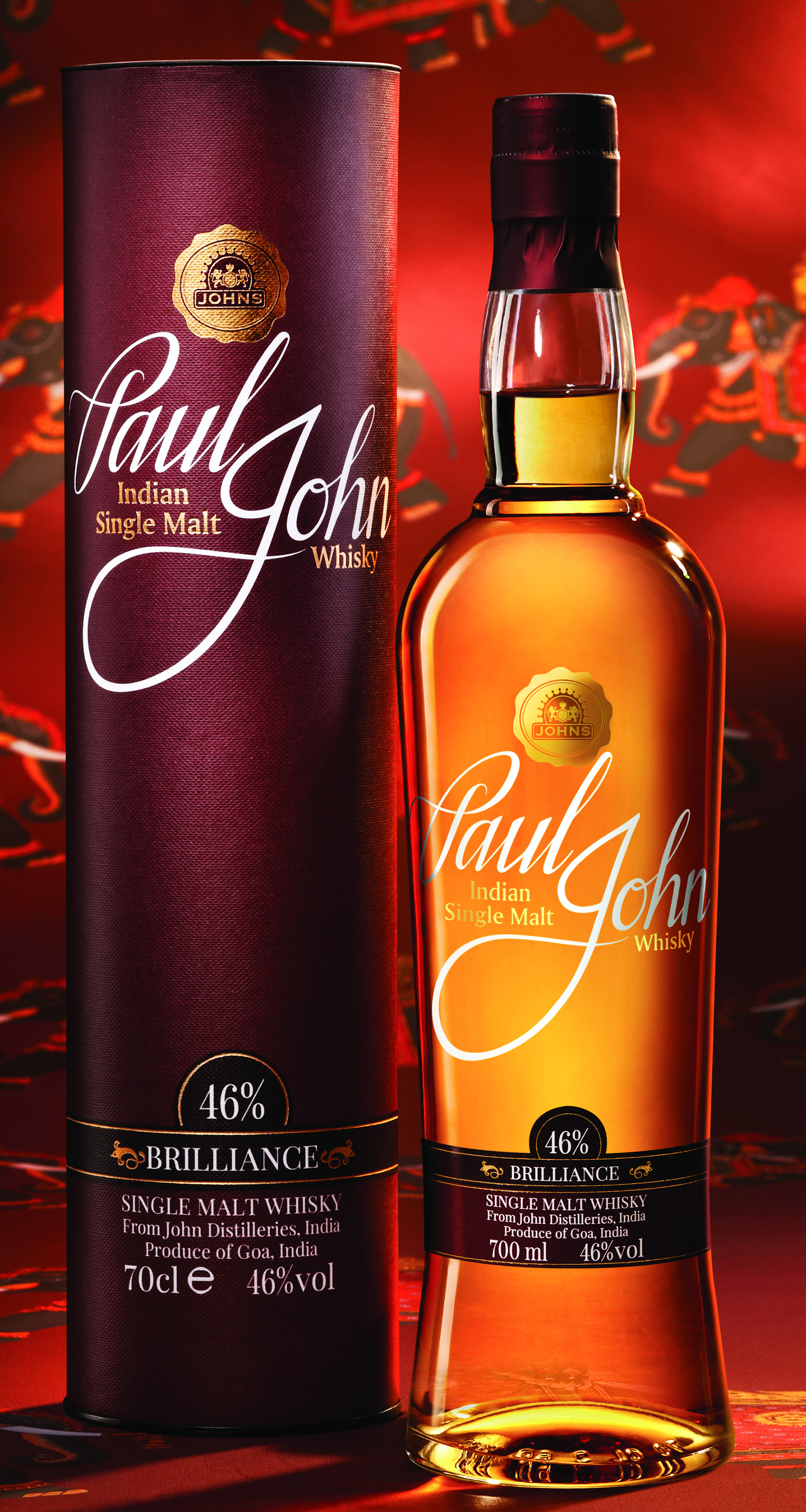
Four of the top ten best-selling distilled spirits in the world this year are whiskies from India, and you’ve probably never have heard of any of them. The planet’s second-most-populous country loves its whisky, though most Indian brands are low-priced spirits intended for the domestic market. In recent years, however, a few higher-end whiskies from India have started to make their way to our shores, and this is one well worth trying. Paul John Brilliance is distilled from barley and pairs the toasted-spice flavors most typical of Scotch with honeyed sweetness from aging in used bourbon barrels.
Scotland: Highland Park Magnus Single Malt Scotch Whisky ($40)

Based in Scotland’s remote Orkney Islands, the Highland Park distillery was founded by Magnus Eunson, a descendant of the Vikings who settled the archipelago, and the brand has been embracing its heritage with a series of Viking-themed bottlings. This latest one is a new permanent addition to the product line named for the founder, and it’s a great bourbon-lover’s introduction to smoky Scotch. Like many whiskies from Scotland’s islands, Magnus is made from barley smoked with burning peat, which contributes savory smokiness that fans of Southern barbecue will find familiar, on top of a nice sweet base.
Canada: Crown Royal Reserve Canadian Whisky ($40)
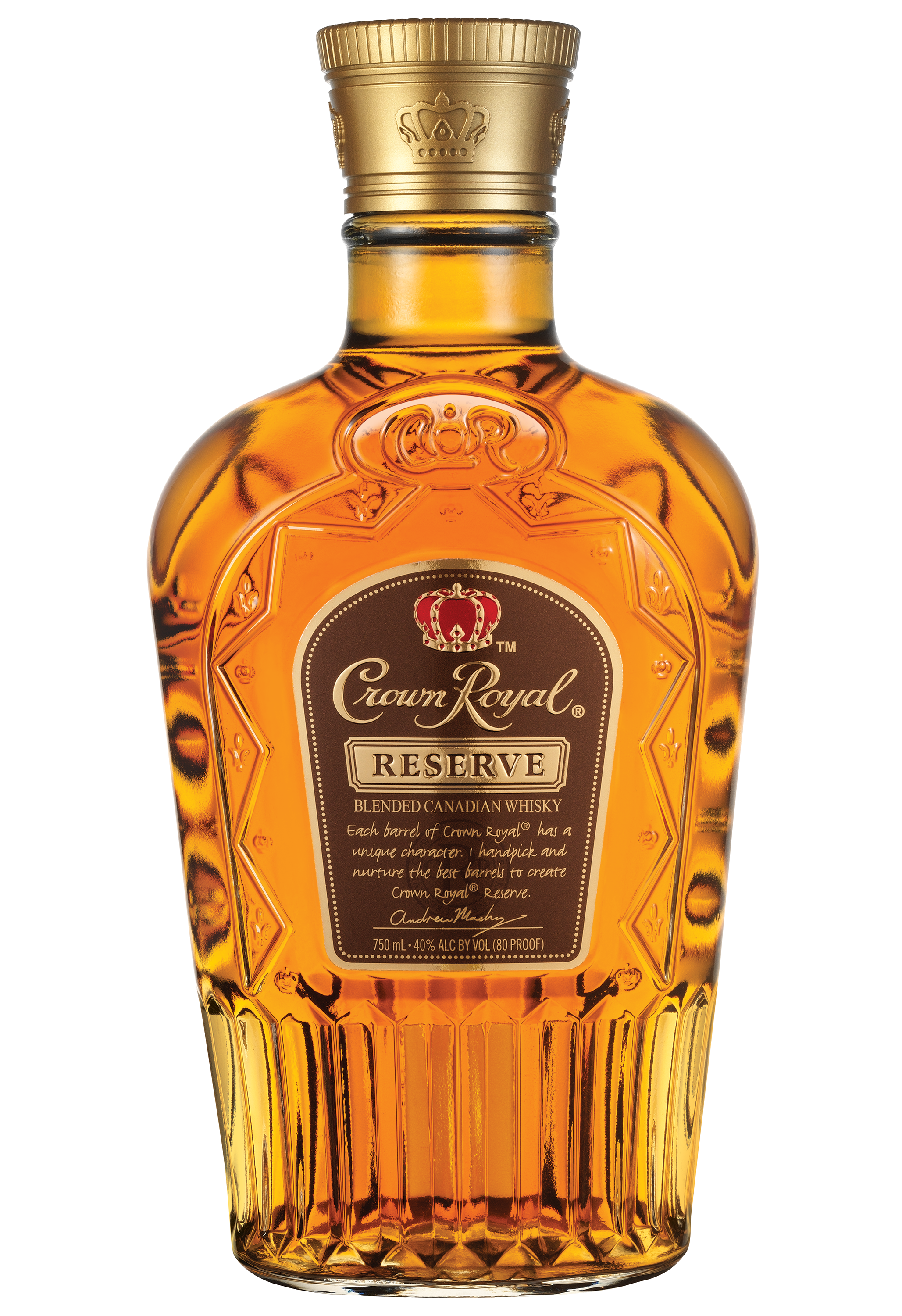
While most American whiskey-makers blend together different grains before fermenting and distilling them, their Canadian counterparts typically make whiskies from individual grains and blend them together only after aging. The techniques may be different, but Canadian whisky and bourbon both share lots of the same sweet and mellow character. Crown Royal Reserve is a step or two up from the venerable brand’s basic whisky, which means it’s aged a bit longer and has richer and more complex (and bourbon-like) flavor. You’ll find notes of cinnamon, vanilla, and nutmeg in this one.


